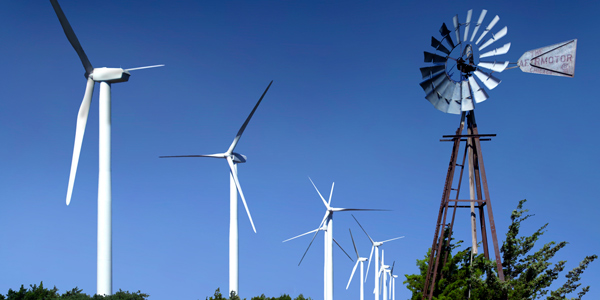By Tom Kleckner
SPP’s Marketing Monitoring Unit says it is concerned with a “marked increase” in the frequency of negative price intervals, and that market rules may need to be revised to address self-committing resources in the day-ahead market and the absence of some forecasted variable energy resources in the real-time market.
In releasing its most recent quarterly State of the Market report, the MMU said that with the prolific growth of wind generation, the frequency of intervals experiencing negative prices increased from 2.6% in 2015 to 7% through November 2017.
“Negative prices may not be a problem in and of themselves, but they do indicate an increase in surplus energy on the system,” the Monitor said in its report. The market’s practice of self-committing resources in the day-ahead market may be “exacerbat[ing]” the situation, it said.
Negative prices can occur when there is excess power and renewable resources must be backed down so that traditional resources can meet their scheduled generation, the MMU said. It said unit commitment differences resulting from wind resources opting out of the day-ahead market but coming online in the real-time market can create differences in the frequency of negative price intervals.
In October, 17% of all real-time intervals had prices below zero, most occurring in the overnight low-load hours, with a “sizable” number of intervals having prices lower than -$25/MWh.
Negative prices in the day-ahead market are almost exclusively between -1 cent/MWh and -$25/MWh, the Monitor said.
The report also said:
- Prices averaged $20.22/MWh (day-ahead) and $20.53/MWh (real-time) during the fall. October’s average price of about $18/MWh was the lowest monthly average since spring 2016.
- The average monthly gas price at the Panhandle Eastern hub continued to hover around $2.60/MMBtu, as it has for the previous 10 months.
- Fall’s all-in cost was $22.40/MWh, a 12% decrease compared to the fall 2016 level of $25.53/MWh. The gas price at the Panhandle Eastern hub dropped by 1 percentage point for the same period.
- Coal-powered resources continued their downward trend, accounting for only 45% of energy produced in the fall, compared to 50% in fall 2016 and 52% in fall 2015. Wind generation continued its upward trend with 26% of energy produced last fall, compared to 20% in fall 2016 and 15% in fall 2015.
- More than 11% of all intervals in the real-time market had no congestion, compared to 2% in fall 2016 and nearly 4% in fall 2015.
The MMU will host a webinar on Feb. 8 to discuss the fall report.






